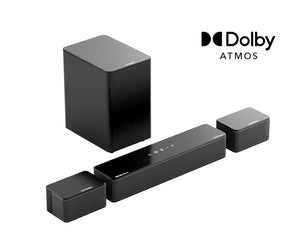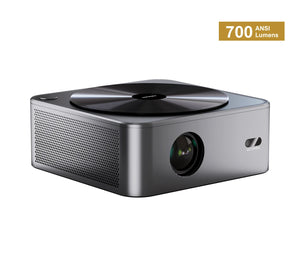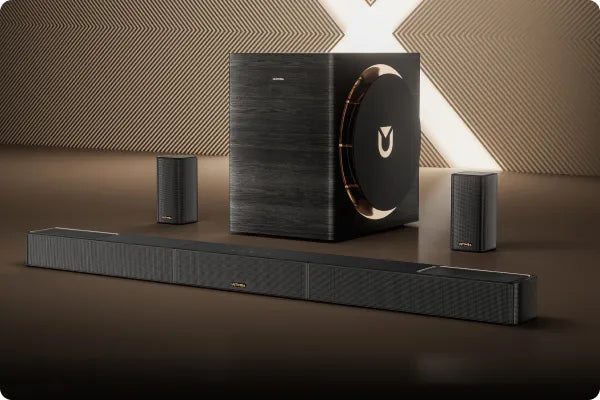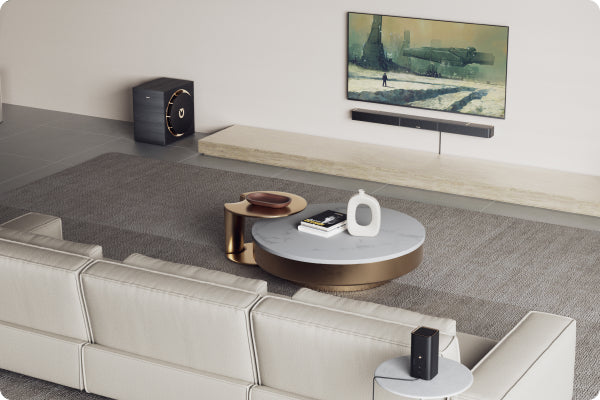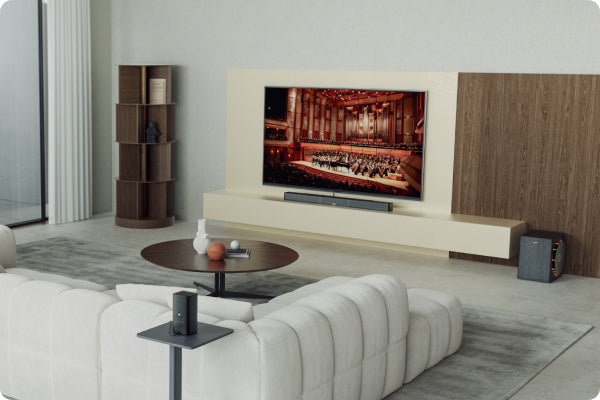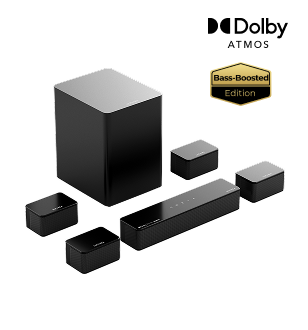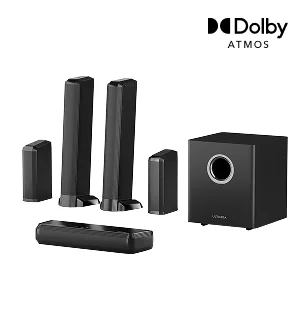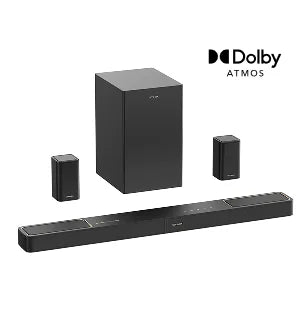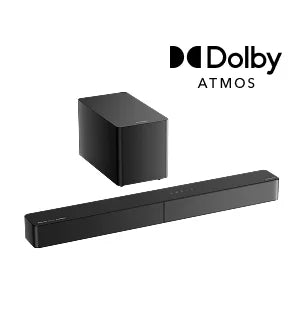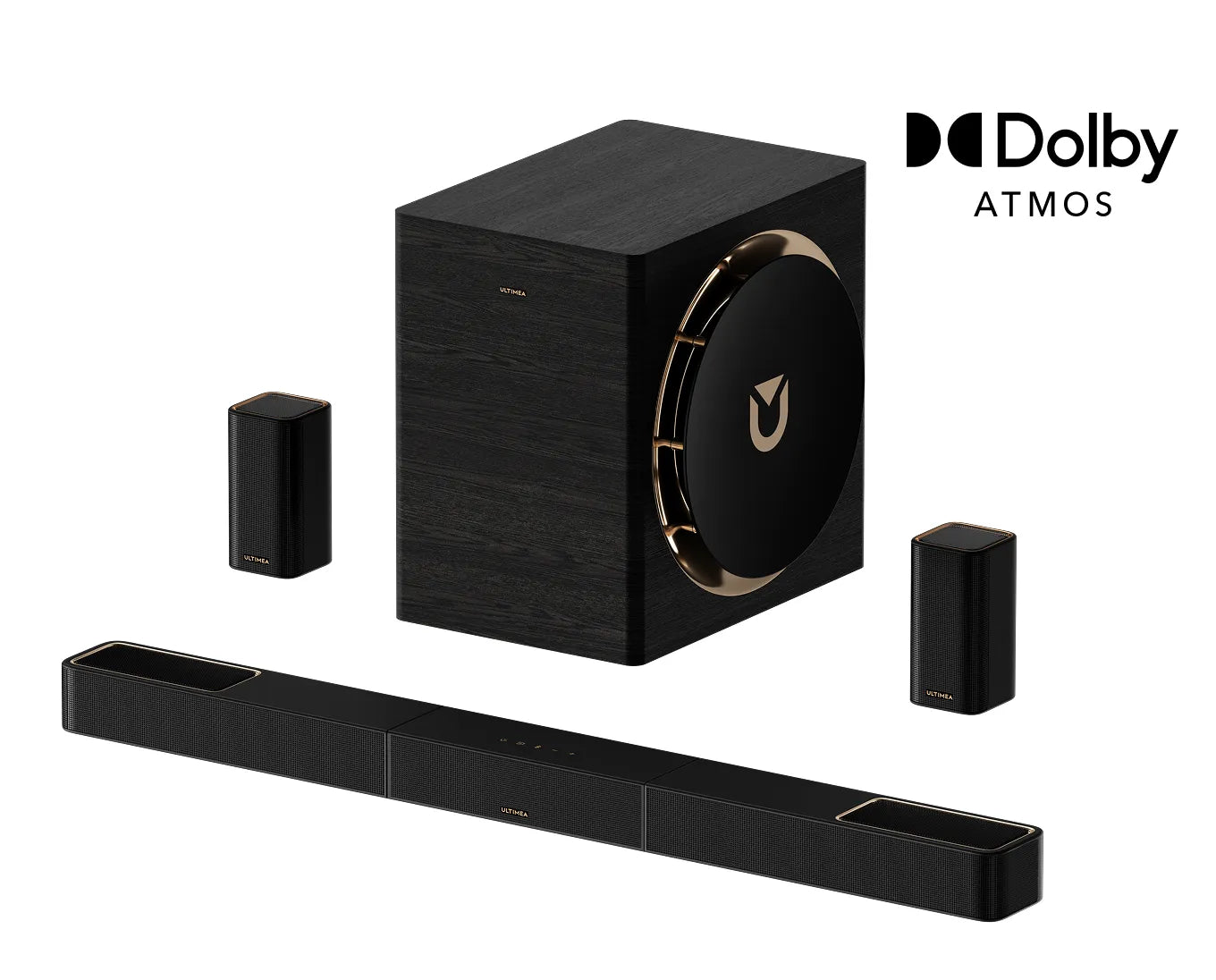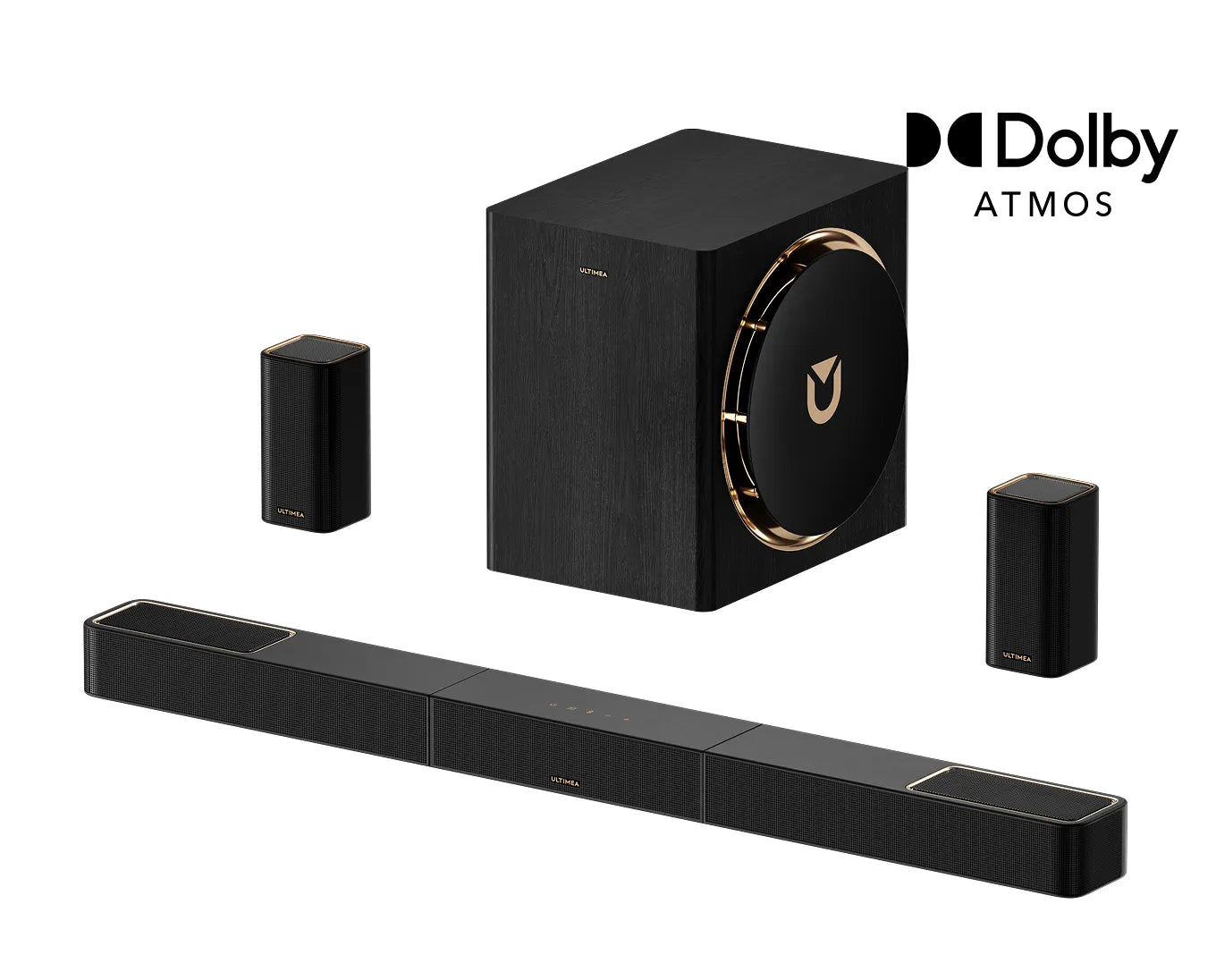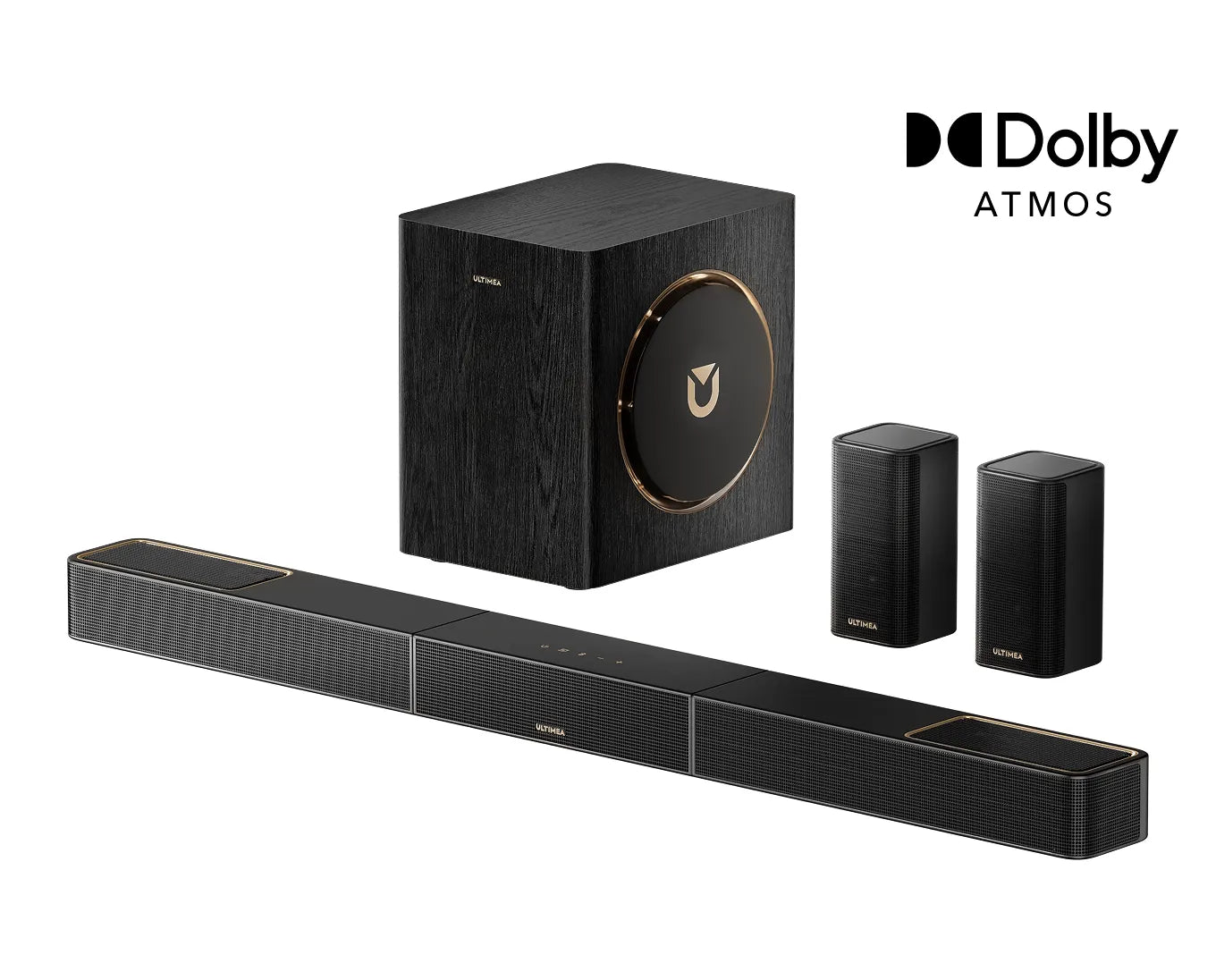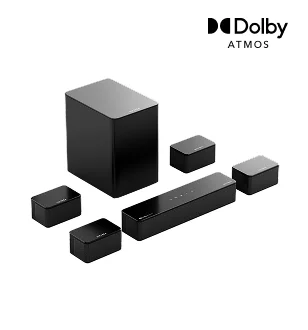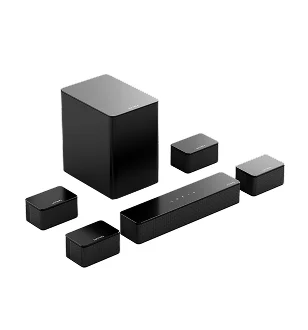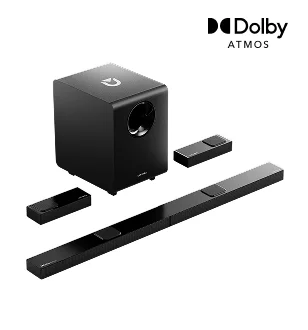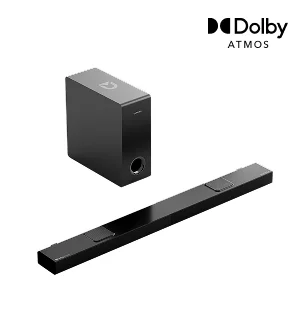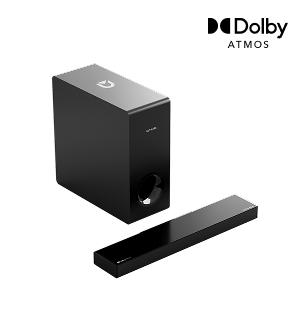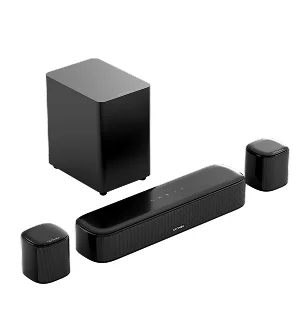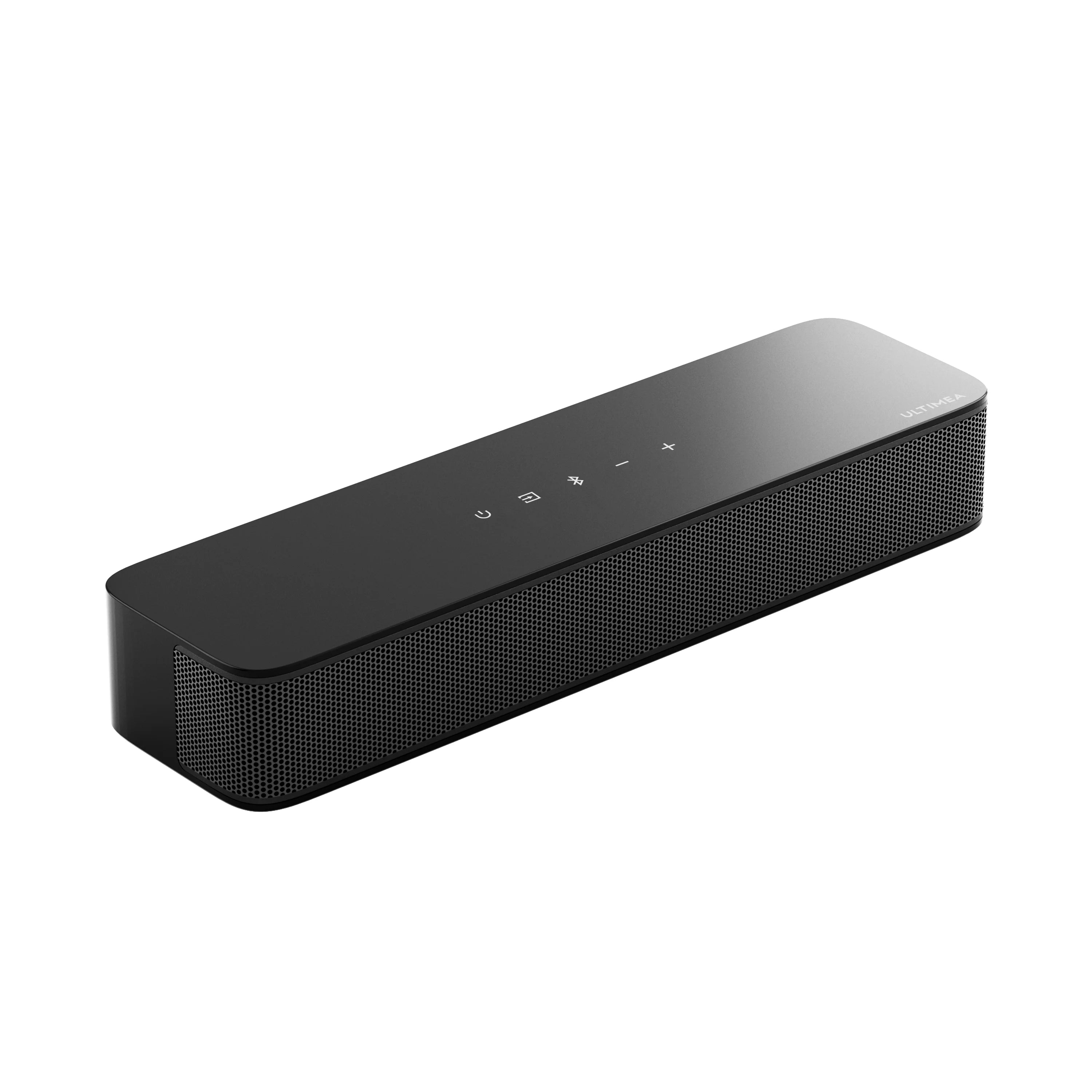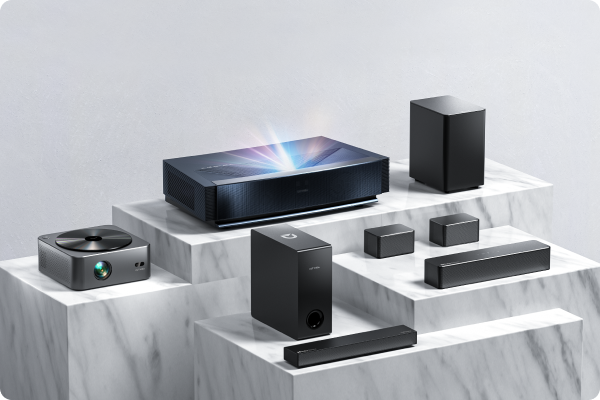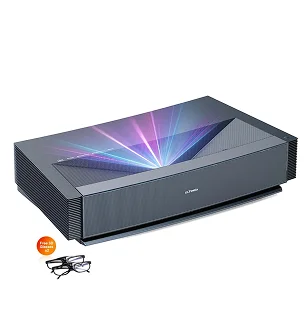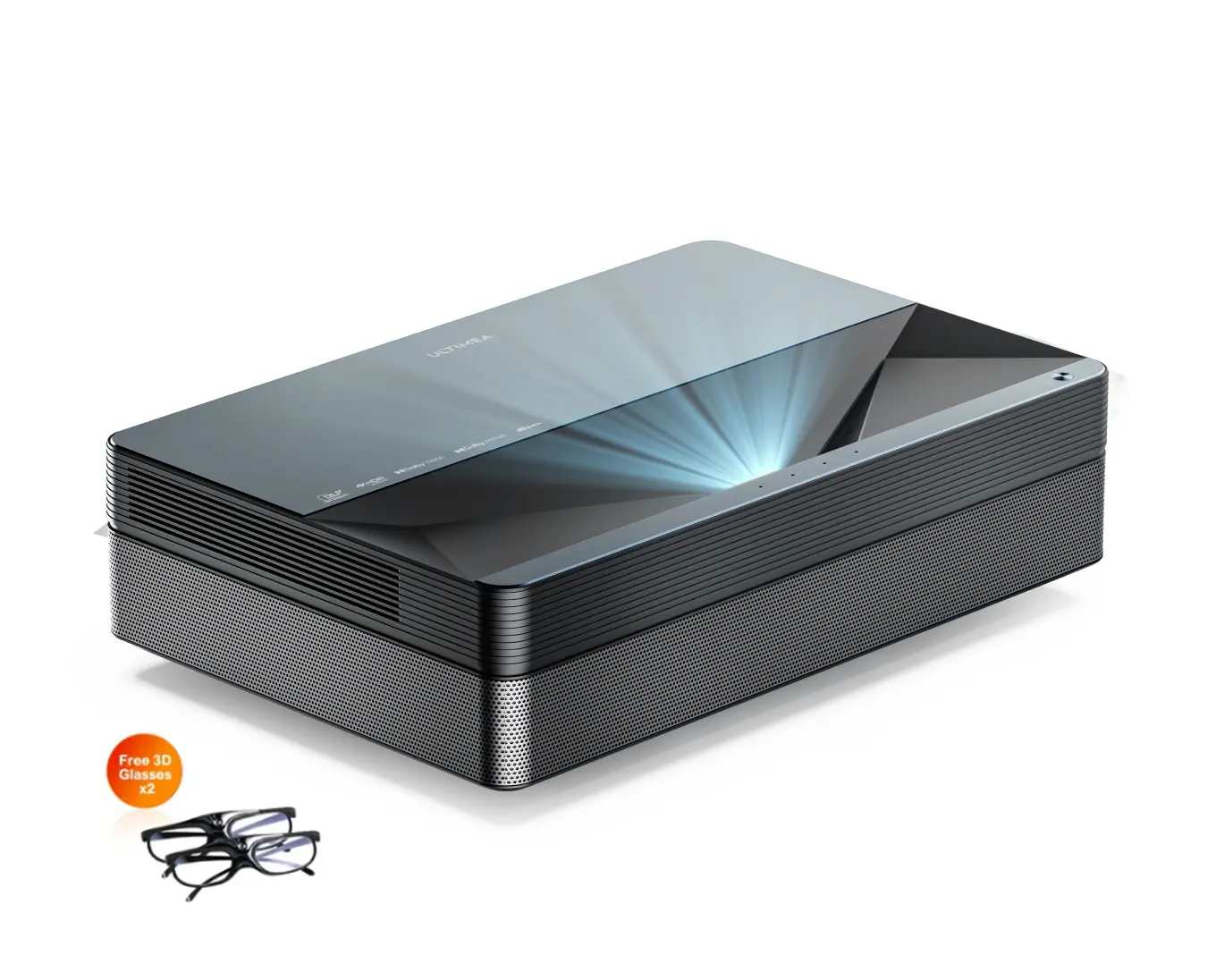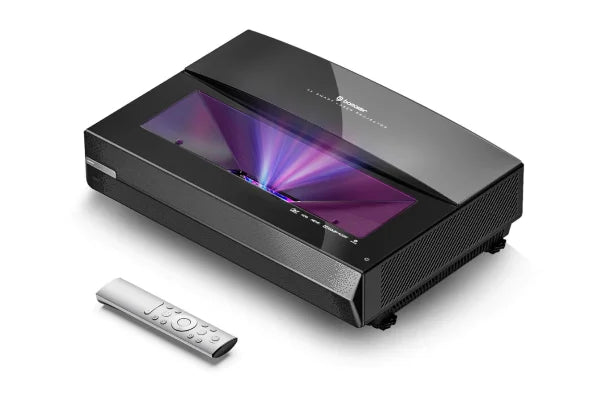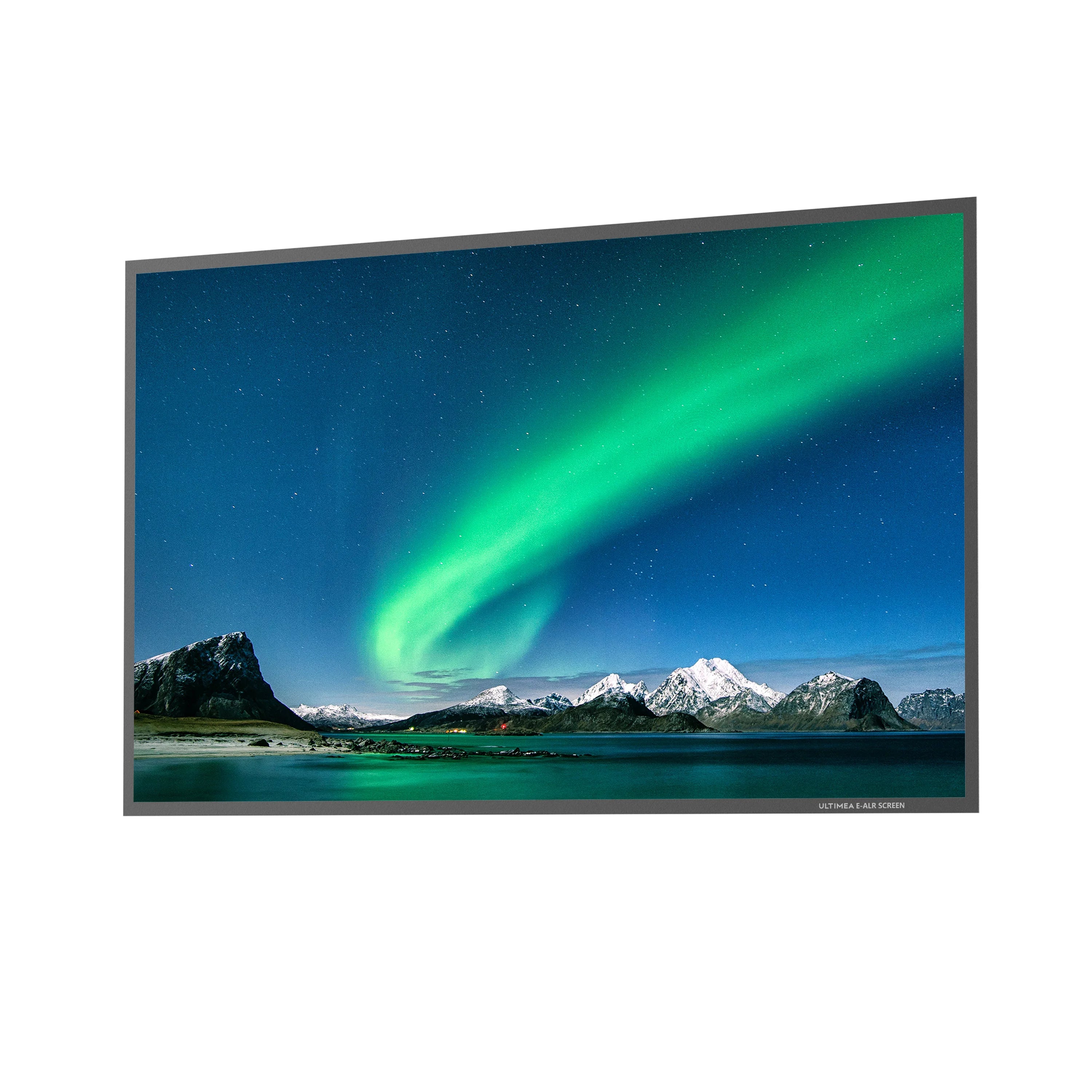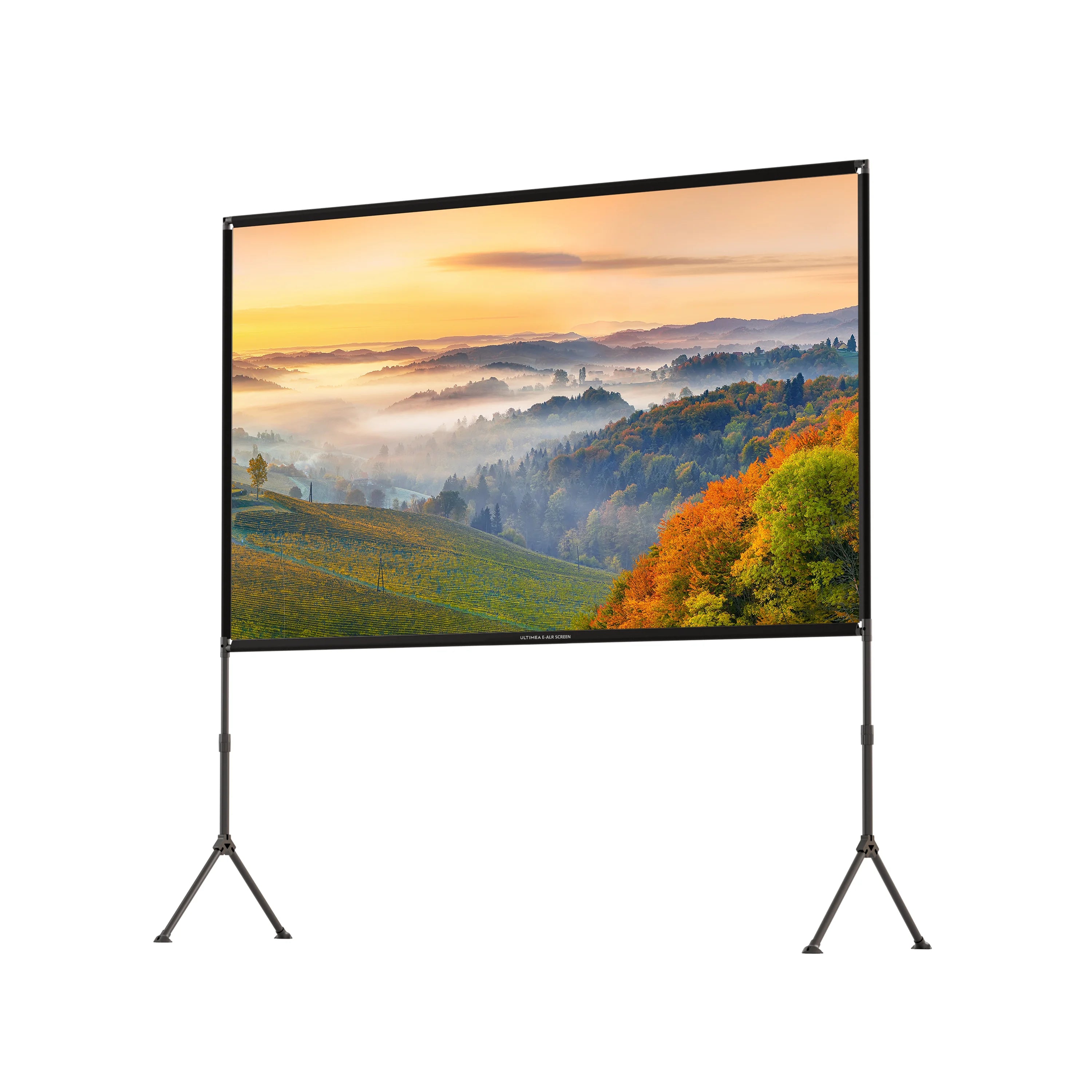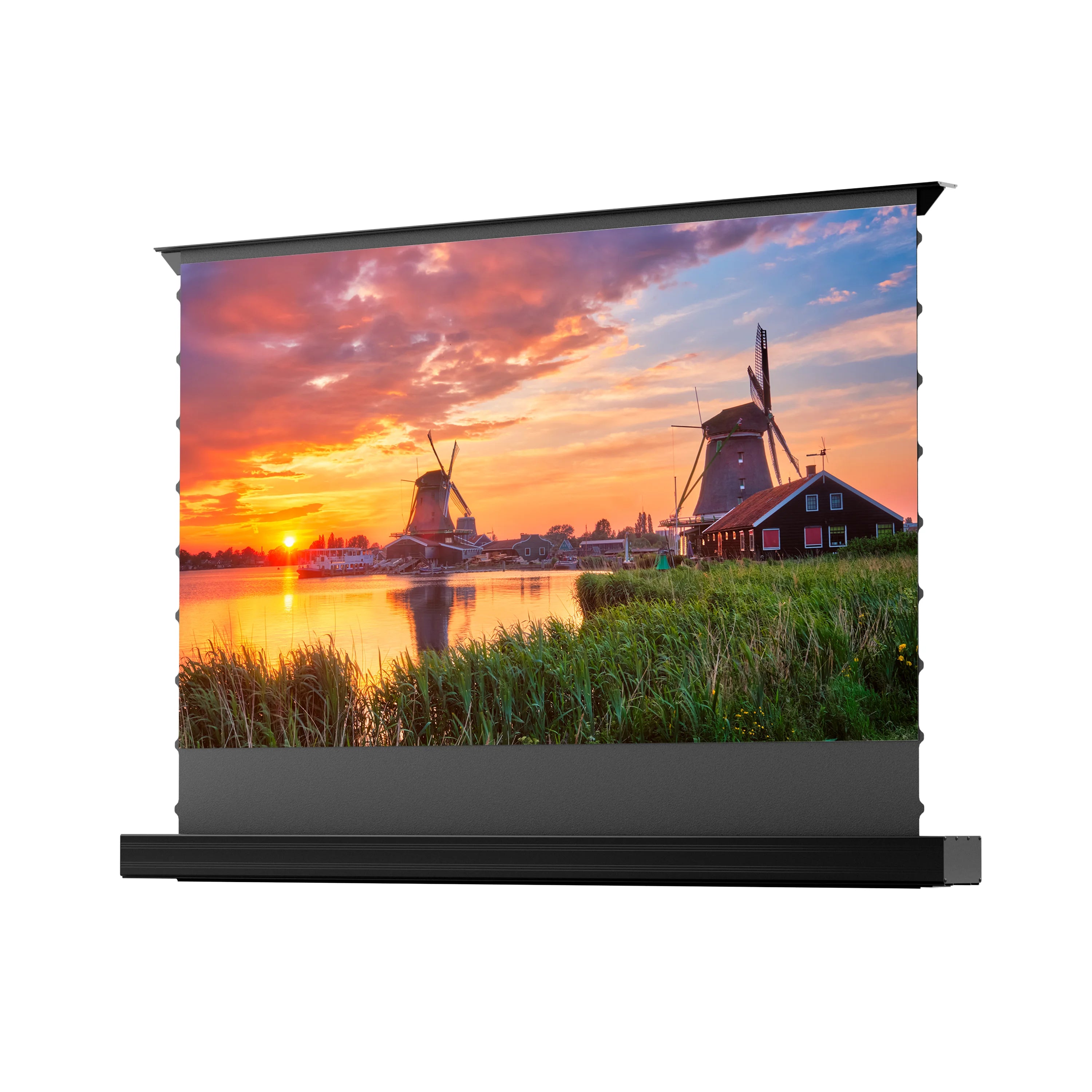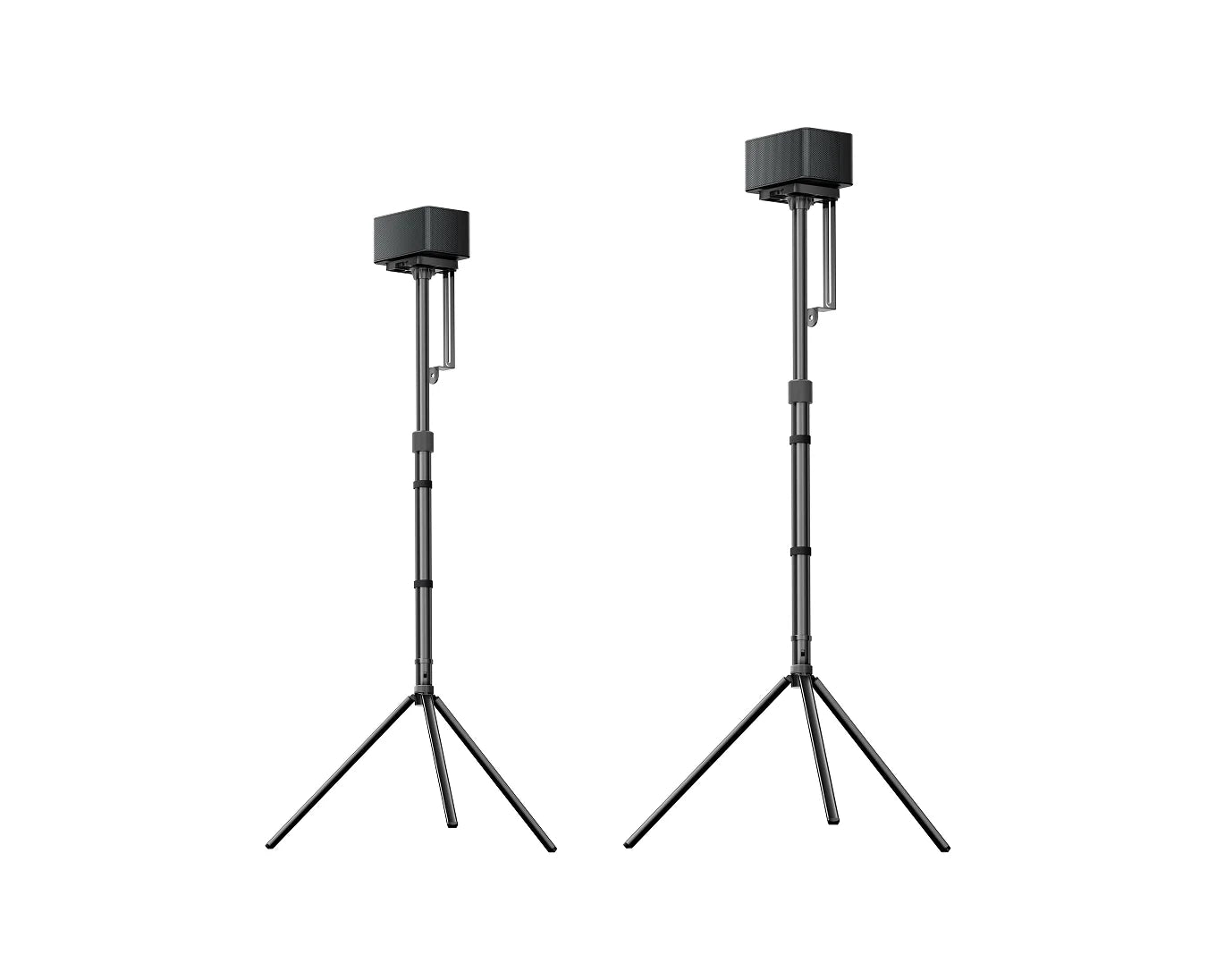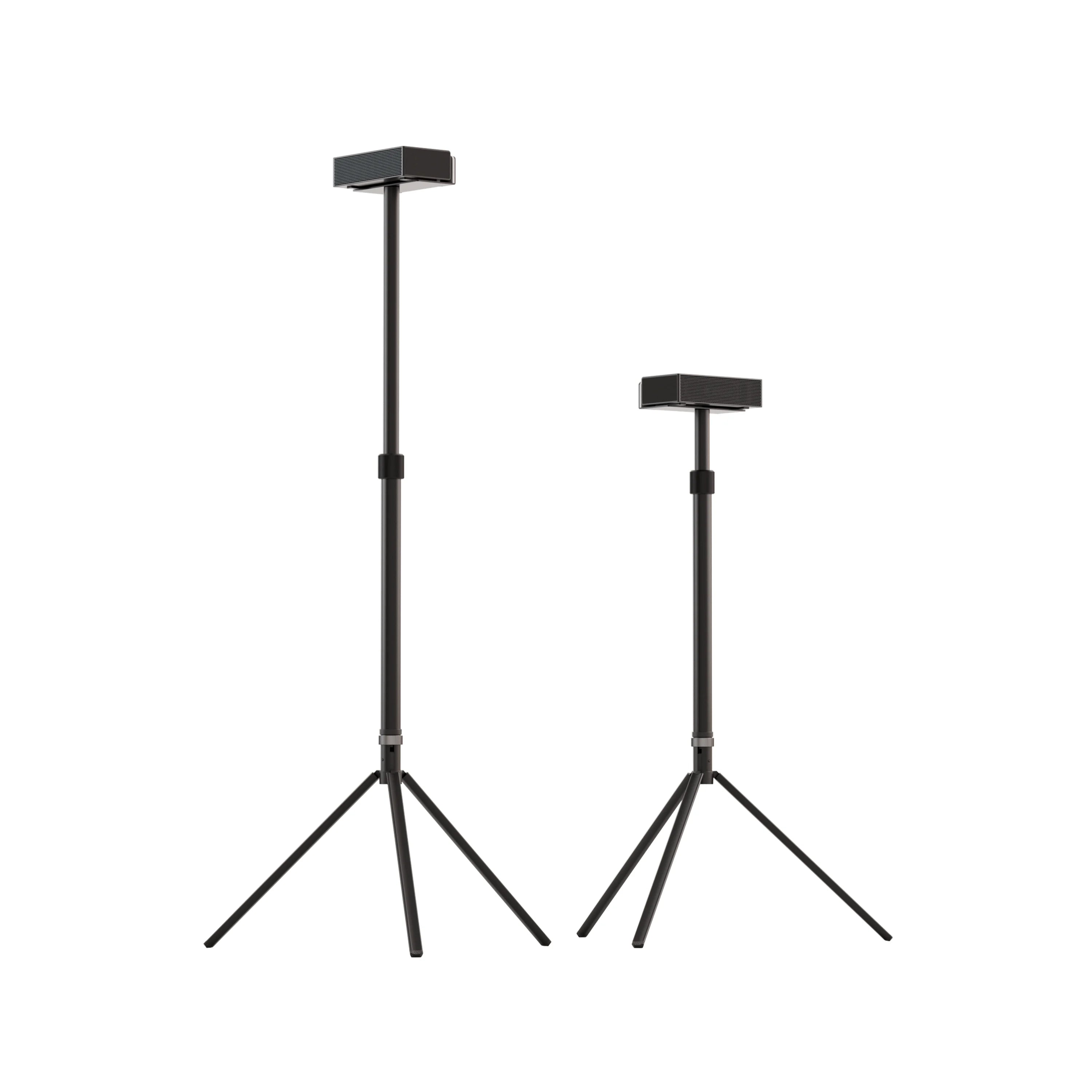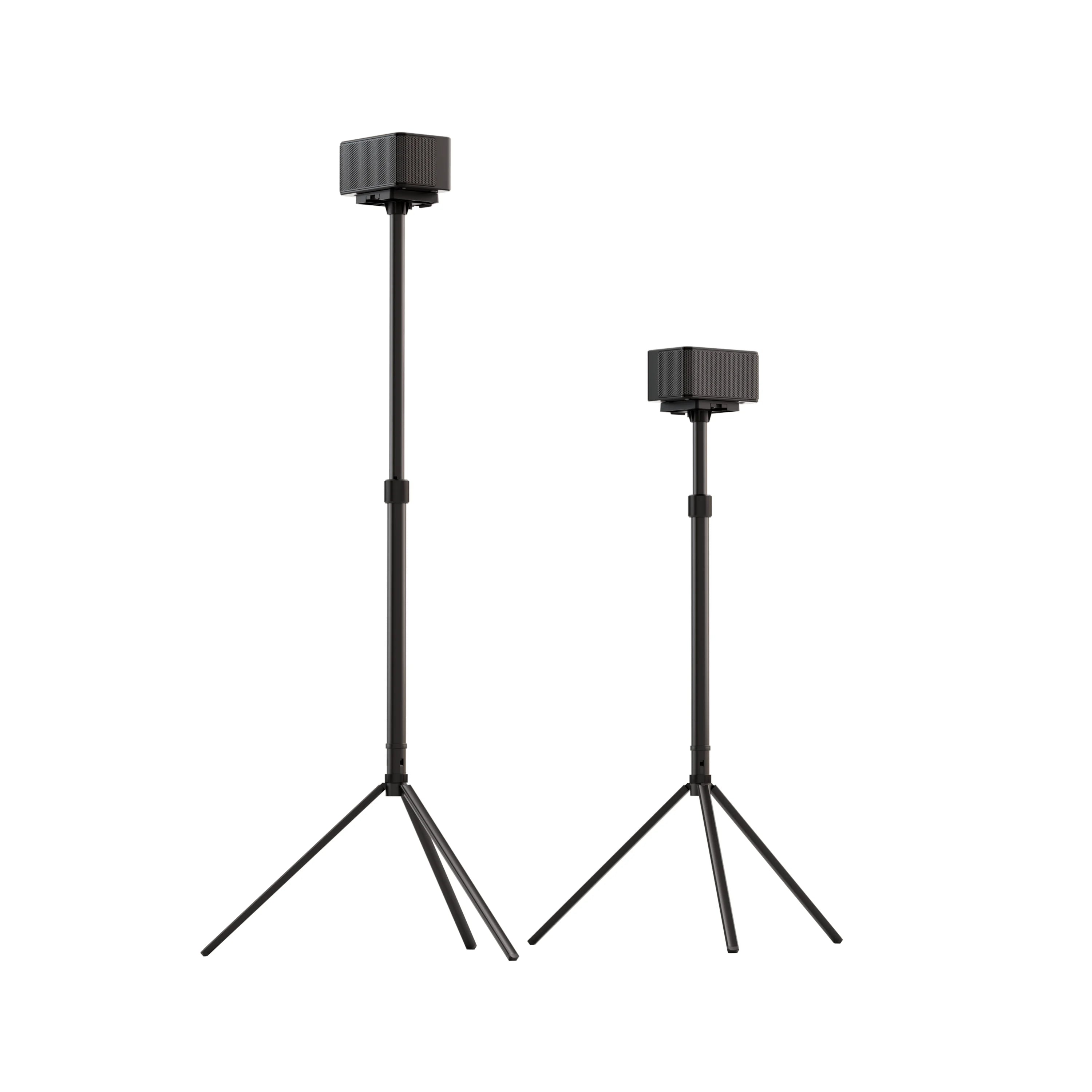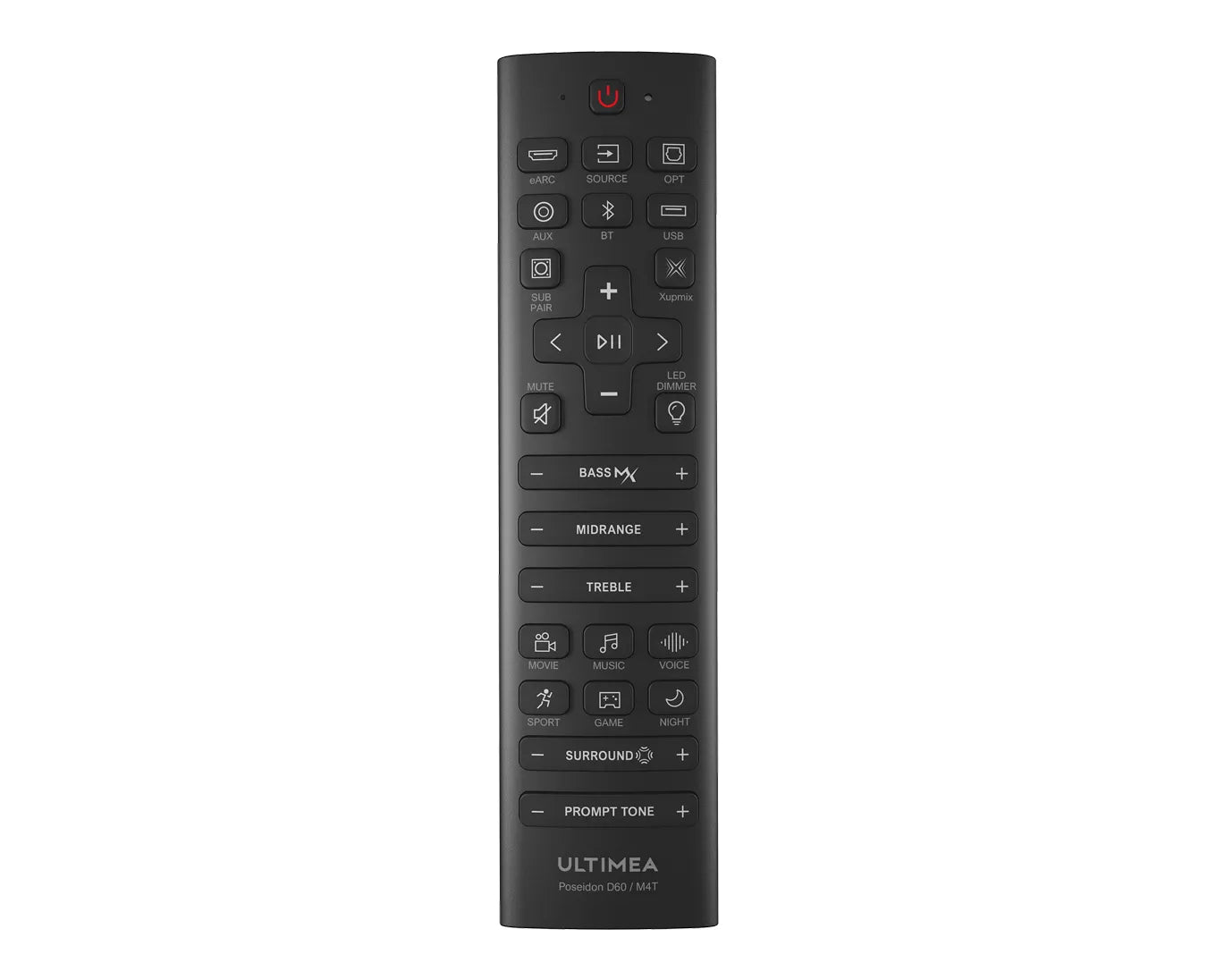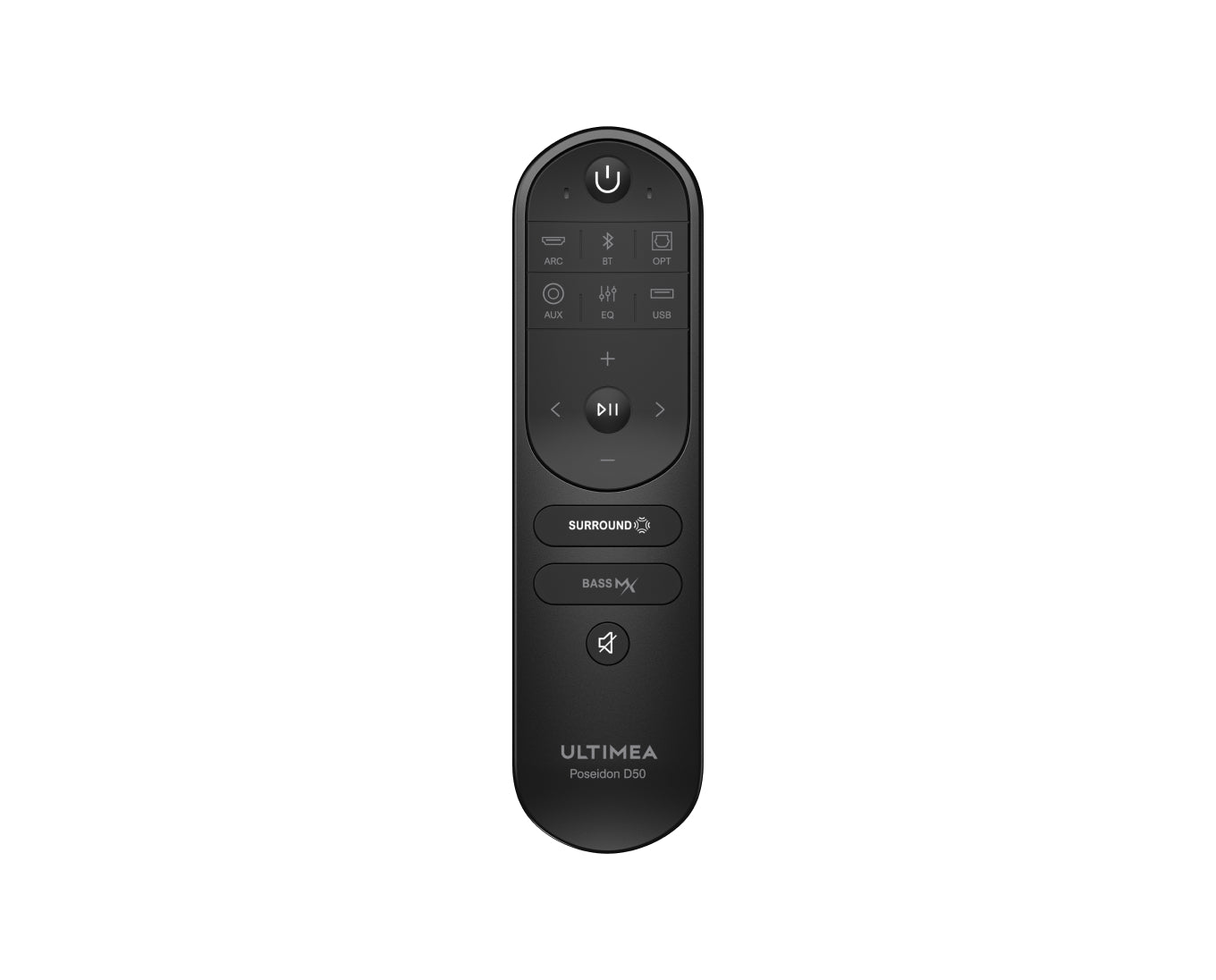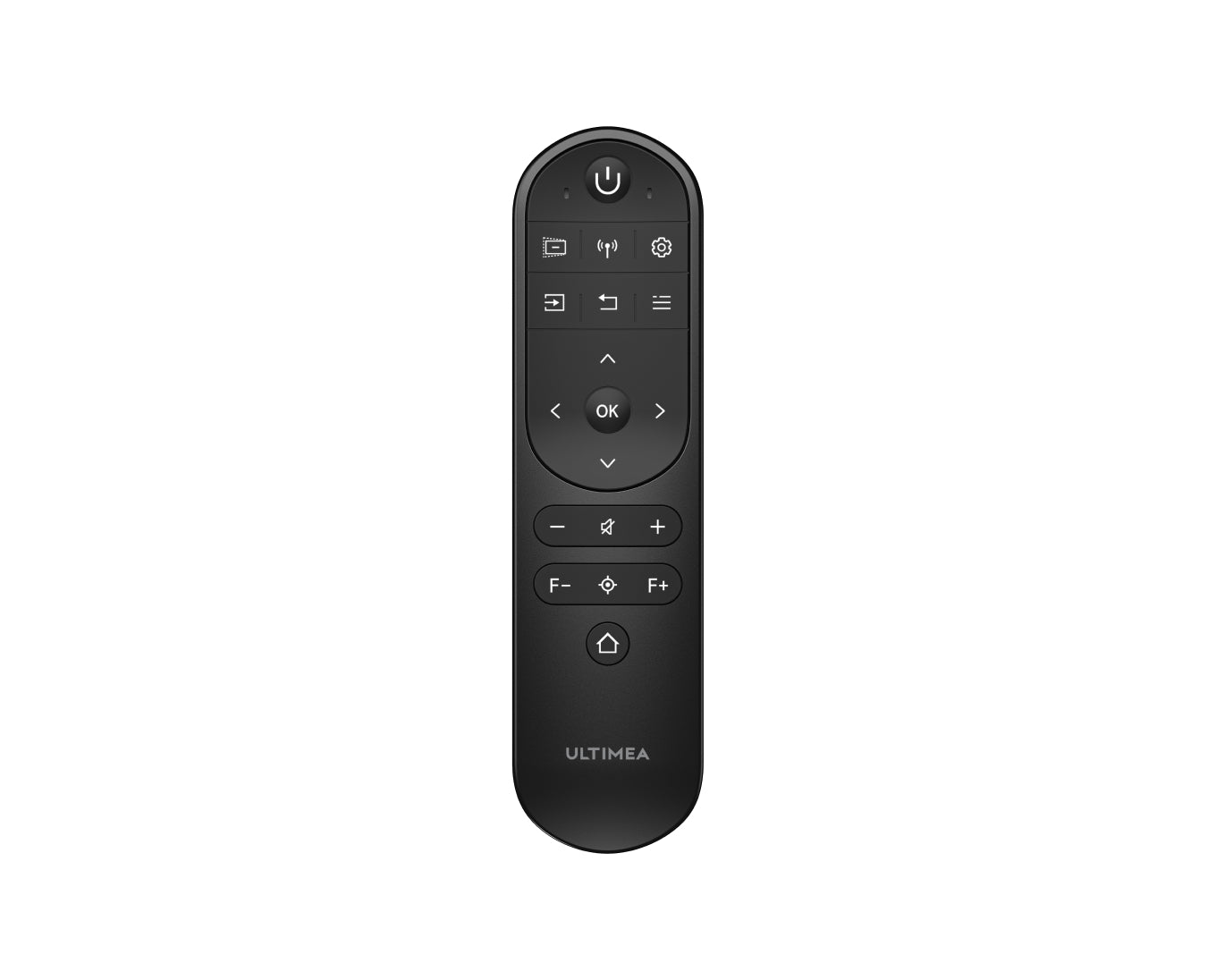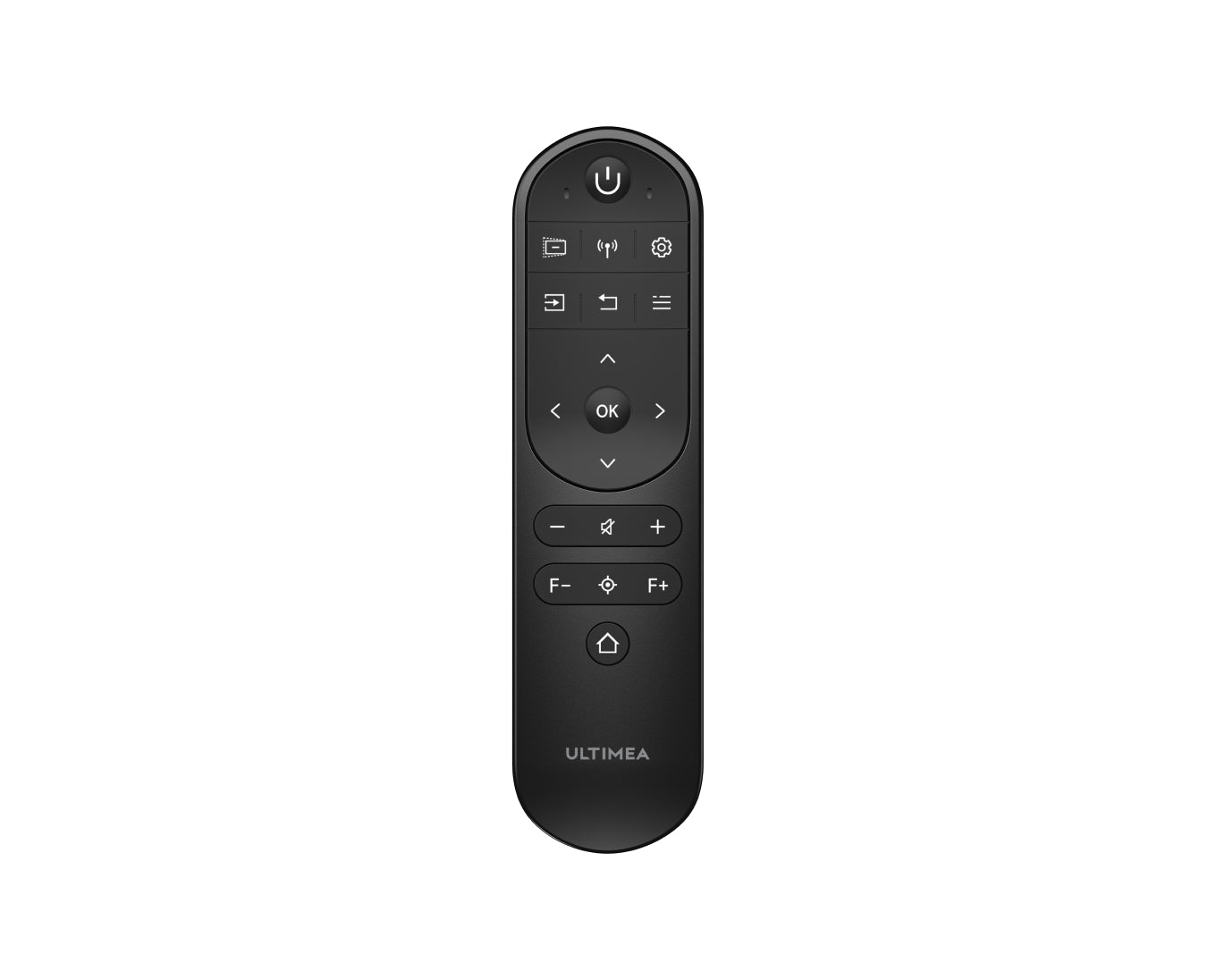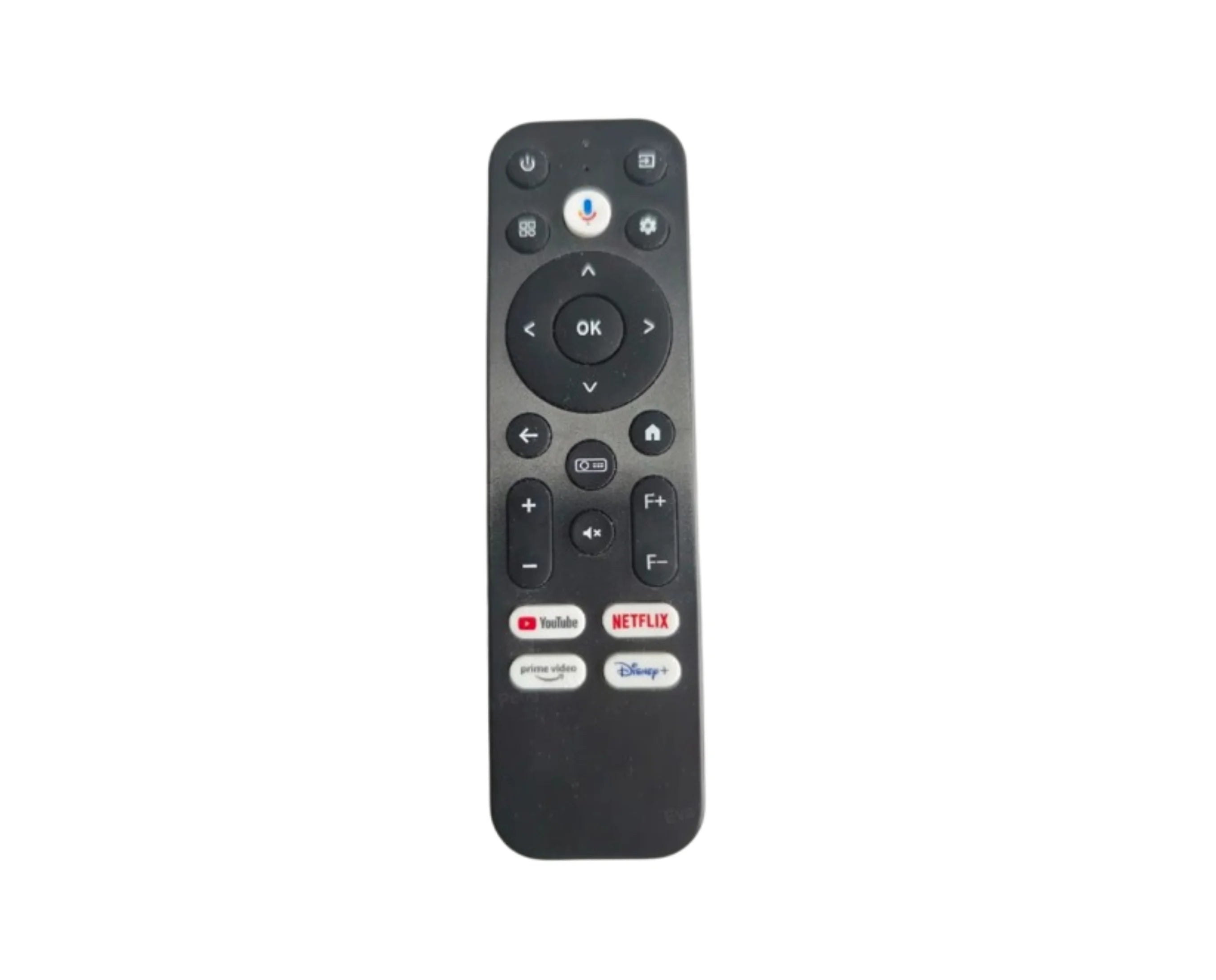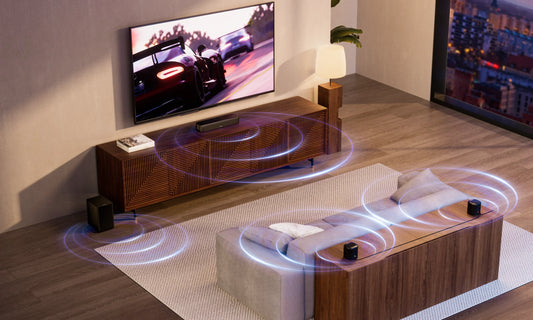Dolby Atmos technology has moved from movie theaters to living rooms and is quickly becoming one of the most important and impressive audio-visual technologies in the home theater.
Dolby Atmos debuted in 2012 with the release of Pixar’s movie Brave and has ushered in a new era of 3D surround sound. Whether you’re enjoying media from your phone, TV, or local movie theater, the audio is likely supported by Dolby. But what is it? How can you get it? Let’s dig in.
Defining Dolby Atmos
Dolby Atmos is a modern audio format. You can compare it to stereo sound or surround sound. In Dolby Atmos audio format, audio from movies, video games, or soundtracks is projected in such a way that the listener gets to listen to the audio in an immersive way. Specifically, Dolby Atmos is popular for producing a three-dimensional effect.

Image Source: soundguys.com
Therefore, it sounds like the airplane from the movie really flies over your head and it sounds like the rain on TV really falls into your living room.
How does it work?
Dolby Atmos is all about the detail. In order to achieve that realistic sound, the technology uses a 9.1-bed channel (which consists of stationary sounds like background sound and music), 128 tracks and up to 118 simultaneous sound objects to create an immersive soundstage.
A sound object can be anything from the sound of footsteps or a basketball bouncing and has a specific position in a scene. Atmos lets content creators place those sounds in an exact location and set any movement (think of someone running away from you down a hallway) in a 3D space.
Once the audio mixing is completed, Atmos can bring theater-quality sound to your living room — provided you have Dolby Atmos-compatible equipment.
The Atmos-optimized tech analyzes all the audio data, and based on the number speakers you have and their placement, it determines optimal playback in real time. That means that when an airplane flies overhead in your favorite movie, it will sound like there's an actual plane moving above you. The more speakers you have, the better the audio positioning as well as detail and overall audio richness and depth.
How to get Dolby Atmos?
If you want to experience Dolby Atmos, there are 3 main requirements:
Content
- The best way to access Dolby Atmos content in a home theater is via Blu-ray discs. Many movies are now available with an Atmos soundtrack. The Atmos soundtrack will be listed alongside the other standard audio formats such as Dolby TrueHD, DTS-HD Master Audio and 5.1 audio. However, an Atmos soundtrack isn’t as typical as the other formats mentioned, so don’t assume that every Blu-ray movie will have one.
- Gaming is another content format where Atmos is becoming more common via a console or PC.
- Another way of getting Atmos content is movie streaming services.
- Netflix, Amazon Prime and Disney+ all offer plenty of shows with Dolby Atmos sound. However, not all shows will offer this audio type, so don’t assume it will be available on everything you want to watch.
- You will also find some terrestrial and cable TV services offering Atmos audio, mainly with their premium UHD broadcasts.
Devices
It is essential to realize that just because you have the content that offers Dolby Atmos doesn’t mean you will be able to hear this audio format. You need to check your device to be able to play Atmos audio content.
Typical home theater devices that support Atmos are:
- Blu-ray players
- Game consoles
- PCs
- Cable TV boxes
- TVs
- Mobile devices like phones and tablets
Sound System
The final requirement is the sound system. This will need to decode the Atmos audio format and play it through connected Dolby Atmos speakers.
There are several ways of playing Atmos audio. From TV speakers, mobile devices and headphones to soundbars and entire surround sound speaker systems.
What's the difference between Dolby Atmos and traditional surround sound?
The biggest difference between Dolby Atmos and traditional surround sound is the use of channels (What Do Surround Sound Numbers Mean?). Audio over conventional surround sound is mostly referred to as 5.1 (five speakers, one subwoofer) or 7.1 (seven speakers, one subwoofer) channels. In this kind of setup, you can hear a airplane moving from right to left or vice versa, but the system can't reproduce the sound of something flying above you. This missing locational information can take away from the overall surround sound immersion factor.
Dolby Atmos assigns the acoustical sound and space around objects to a place. That means that if a sound occurs in the top right corner of the room, the audio will have better spatial accuracy instead of being fixed to the right speaker. And because Atmos-compatible speakers have integrated upward-firing drivers, you have the added benefit of height. This is achieved by bouncing the sound off the ceiling.
How Can I Get Dolby Atmos Work at Home?
The most state-of-the-art Dolby Atmos theaters can accommodate up to 400 speakers. Let’s be real, though. Unless you have all the money in the world, it’s impossible to place that many speakers in your home. Fortunately, there are simpler solutions.
To create a Dolby Atmos experience at home, you’ll need the following pieces of equipment:
- A 5.1 or greater surround sound system
- Two or more Dolby Atmos speakers
- Dolby Atmos receiver
Notice
Make sure your AV receiver offers Dolby Atmos. This type of receiver recognizes the sound that would typically be sent to the surround speakers and sends some of that sound to the Dolby Atmos elevation speakers. A receiver is the brains behind your home theater system, so it’s important to find one that can efficiently power all your speakers and decode a Dolby Atmos soundtrack.
